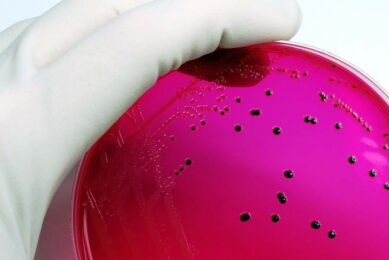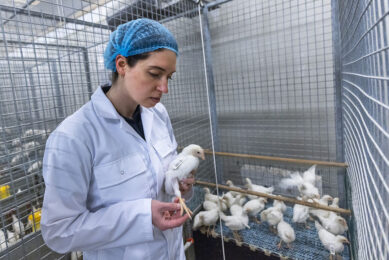Red mite can carry over other poultry diseases
The problem of red mite (Dermanyssus gallinae) in poultry is known for many years, but new insights show that the red mites can harbour and carry over other pathogens as well.
New Castle Disease virus and the bacteria Erysipelotrix rhusiopathiae and Salmonella Gallinarum have been isolated from red mite.
Practically speaking, a farm with a Salmonella Gallinarum contaminated flock and co- presence of red mite can cause that the Salmonella bacteria stay in the barn after rotation of flocks and will in turn infect the new birds coming in. This means that more measures should be investigated to eradicate red mite in poultry production systems.
Dermanyssus gallinae, also known as red mite, is an ectoparasite of poultry and birds in general. The mites are blood feeders and attack resting birds at night. After feeding, they hide in cracks and crevices away from daylight, where they mate and lay eggs.
Under favourable conditions the life cycle of the mite can be completed within seven days, so populations can grow rapidly, causing anaemia in badly affected flocks of poultry. The poultry red mite is an important emerging parasite problem in production premises for layers which is responsible for large financial losses.












